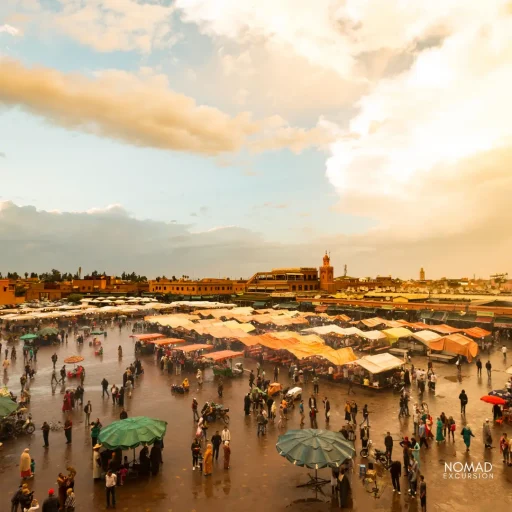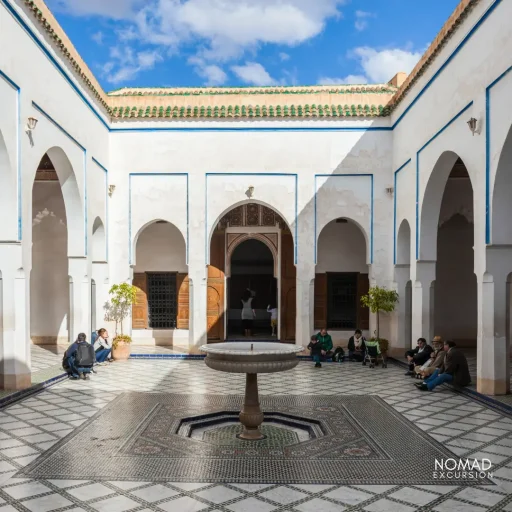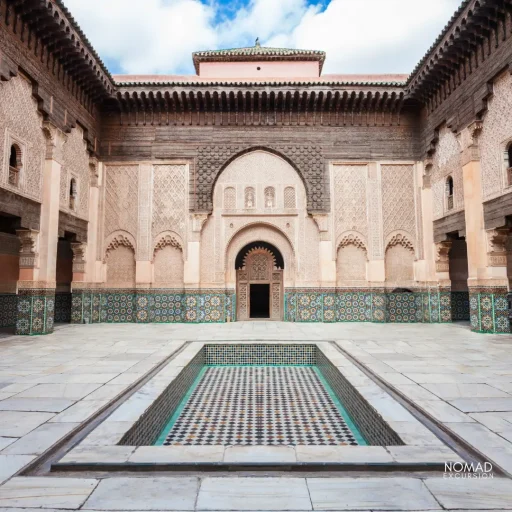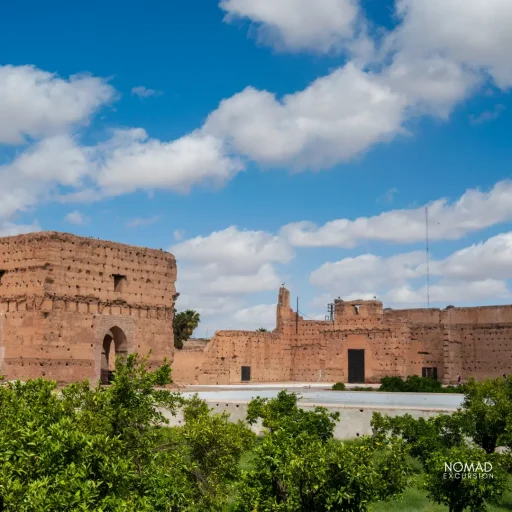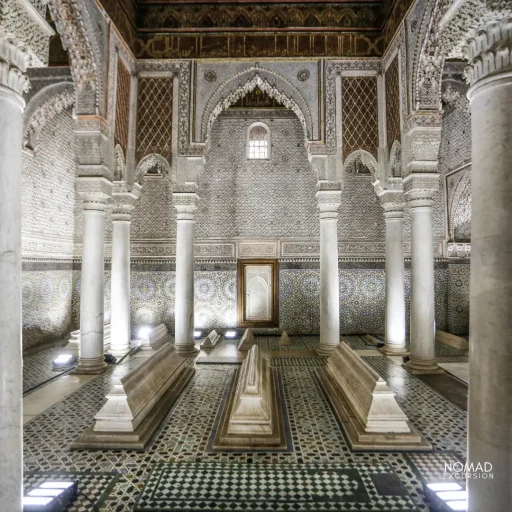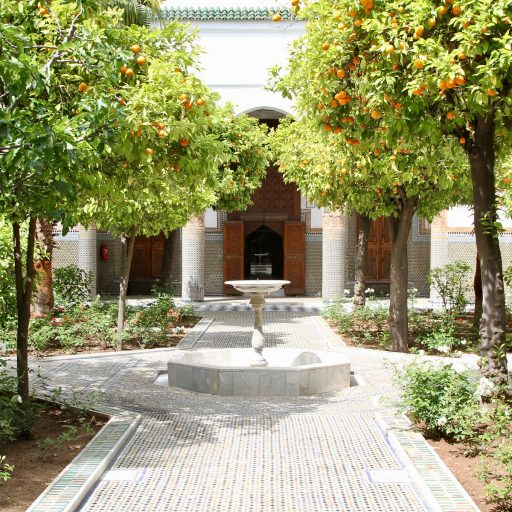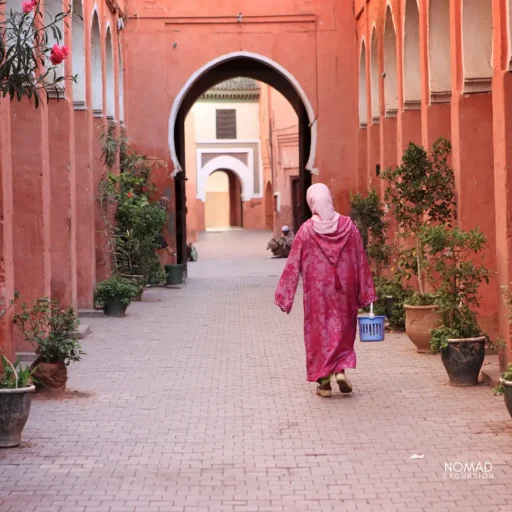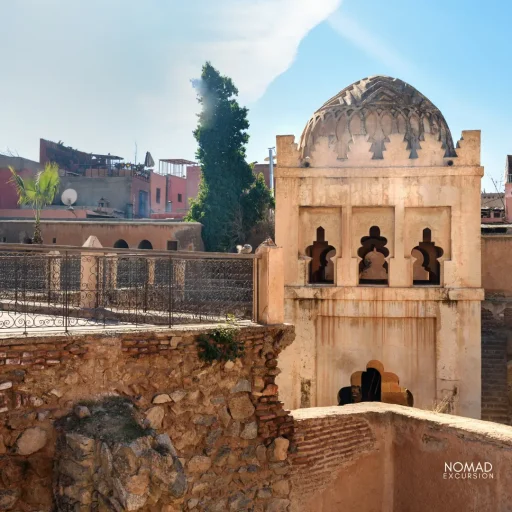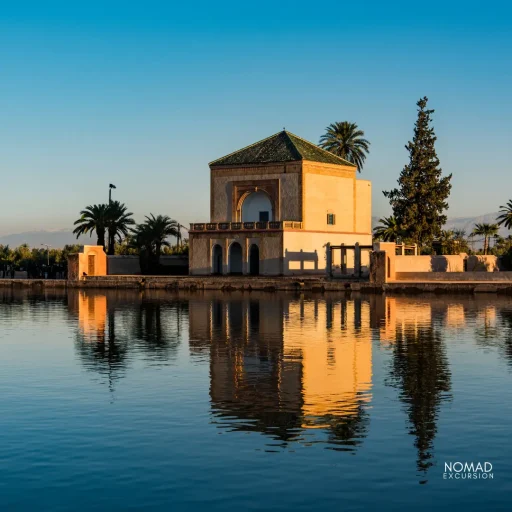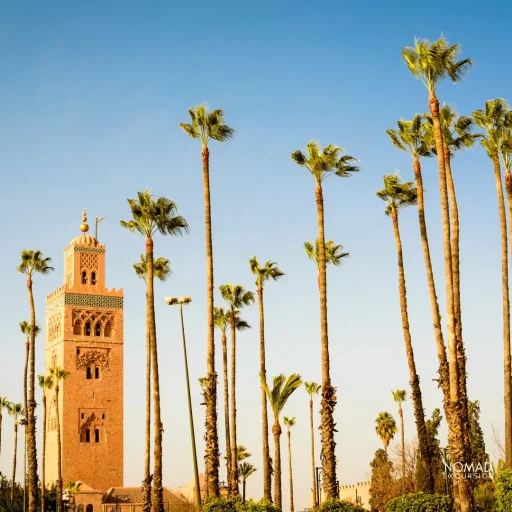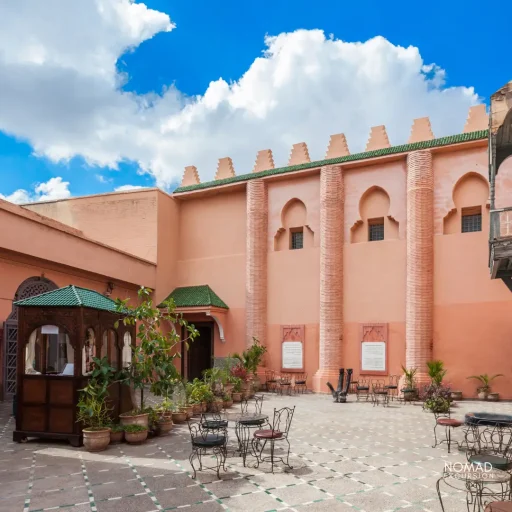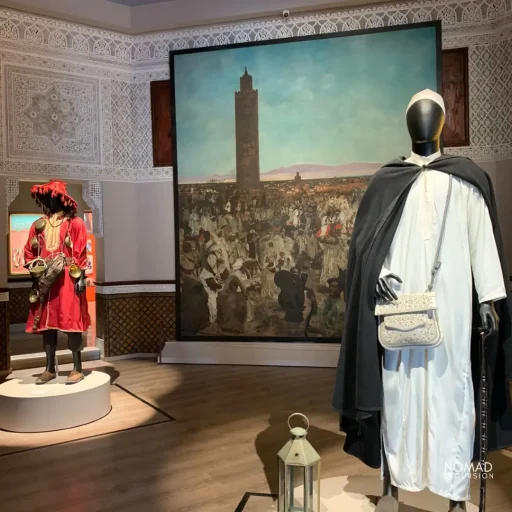History
of
Saadian Tombs
Explore the history of the Saadian Tombs in Marrakech. Learn more about their construction in the 16th century, their architectural splendor, and their rediscovery. Visit this iconic Moroccan site today!
A Testament to the Grandeur of the Saadian Dynasty
Foundation and Construction
Architectural Splendor
A Hidden Treasure Rediscovered
For centuries, the Saadian Tombs were hidden from public view. In the early 18th century, Sultan Moulay Ismail, seeking to erase the legacy of the Saadian dynasty, ordered that the entrance to the tombs be sealed off. As a result, the tombs were forgotten and remained undisturbed until their rediscovery in 1917 during the French Protectorate.
When the tombs were uncovered, they were found in remarkably good condition, with much of the original decoration intact. The French authorities quickly recognized the historical significance of the site and undertook efforts to preserve and restore the tombs, allowing the public to once again appreciate their beauty.
